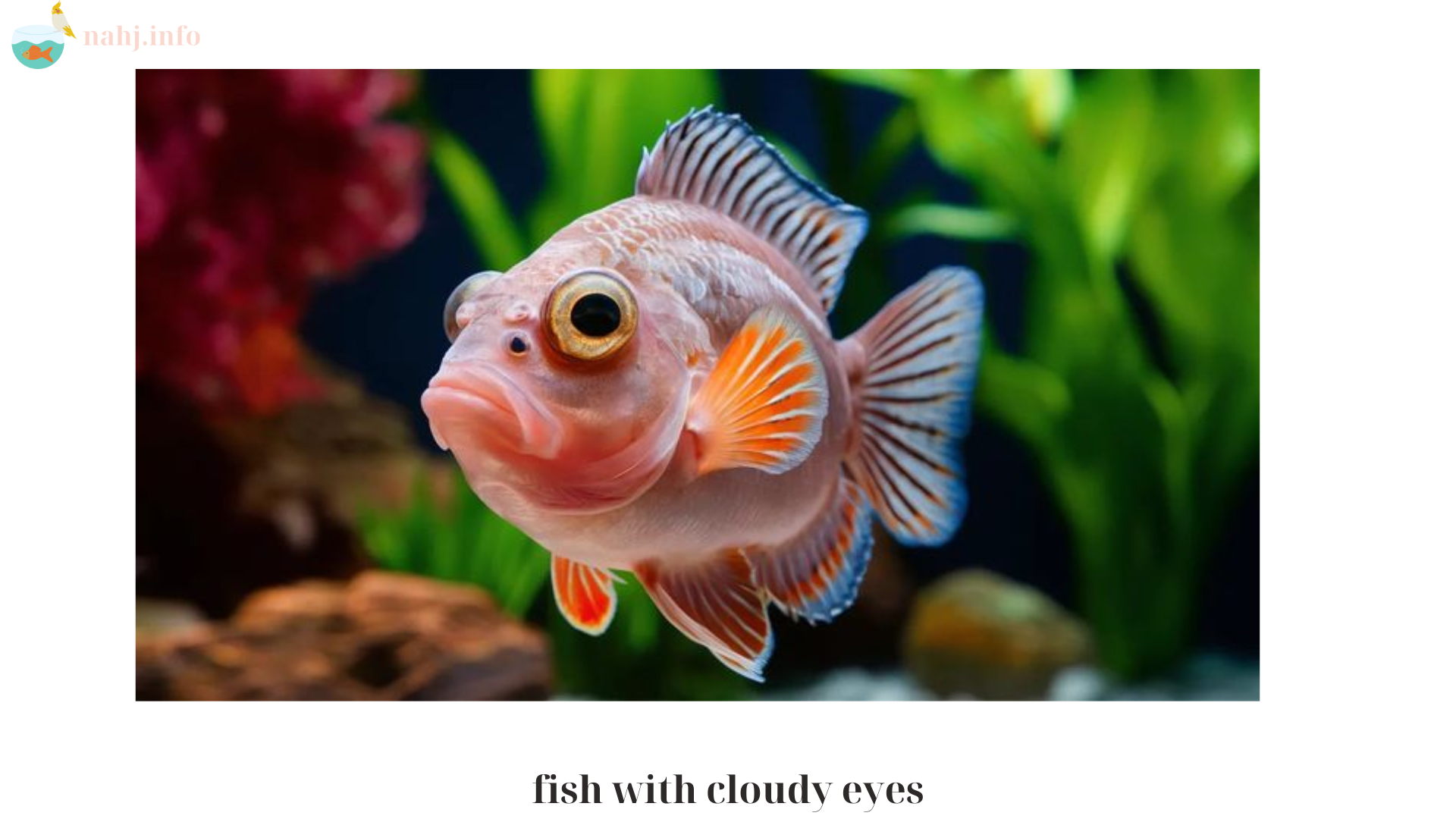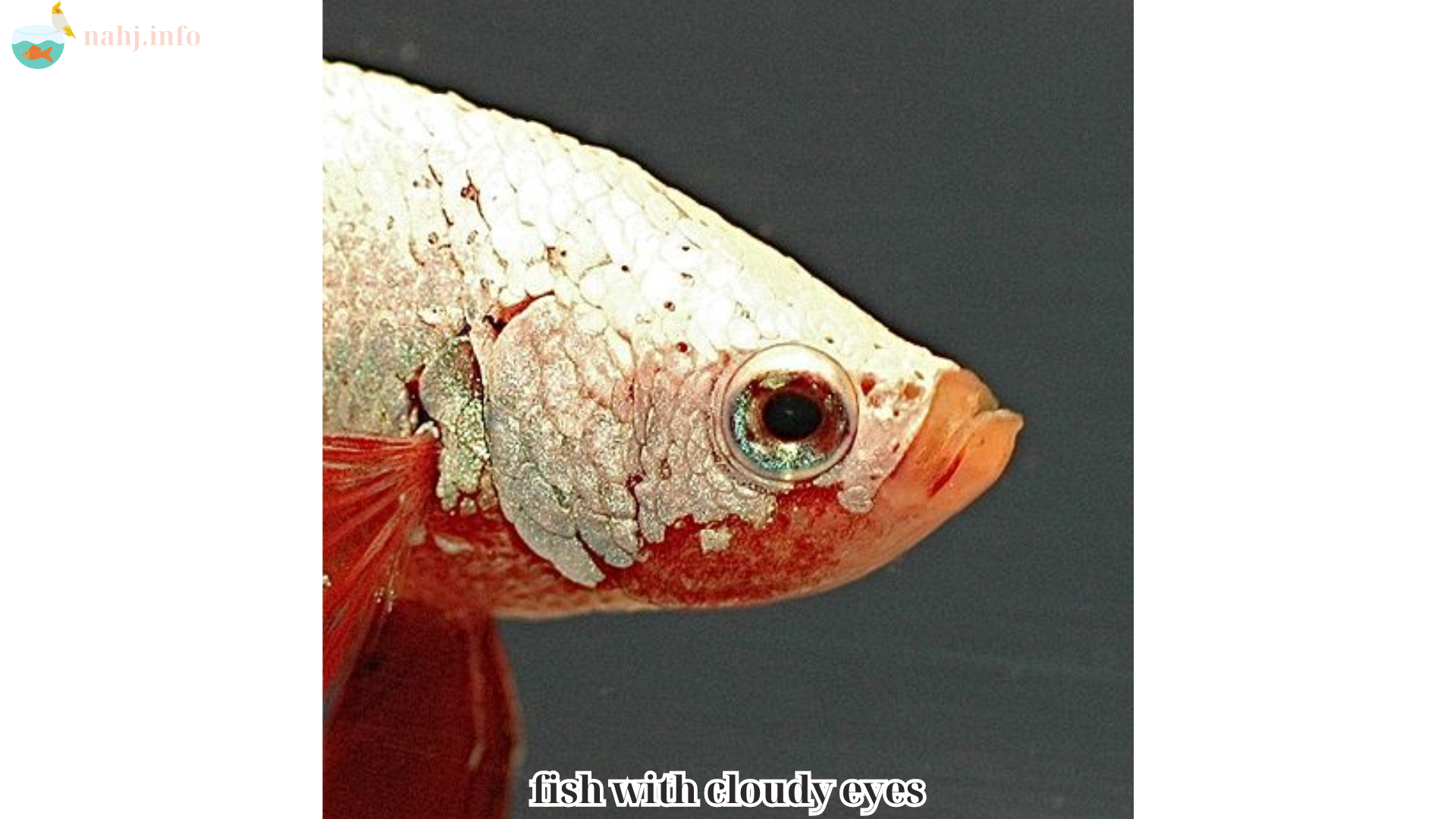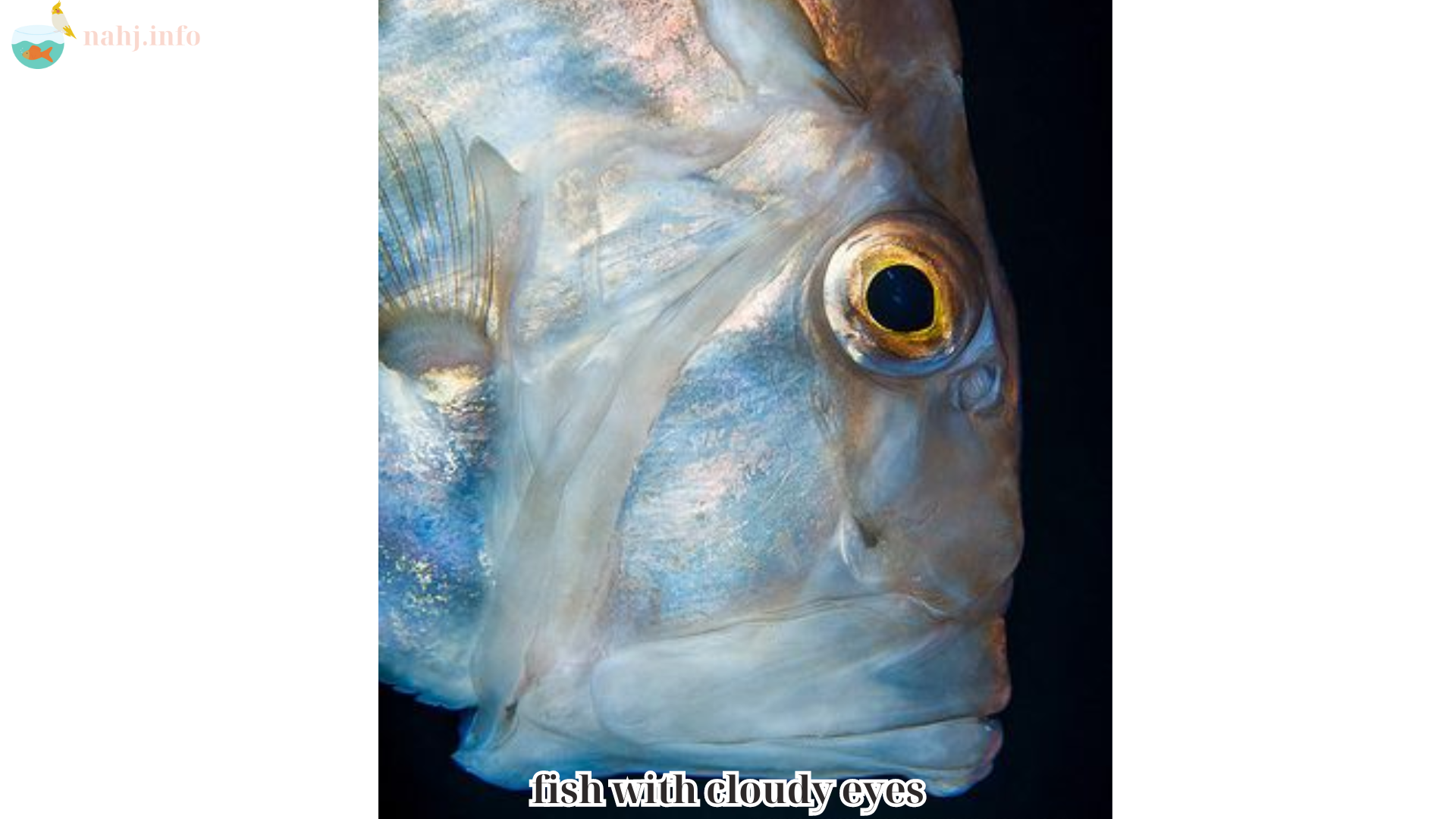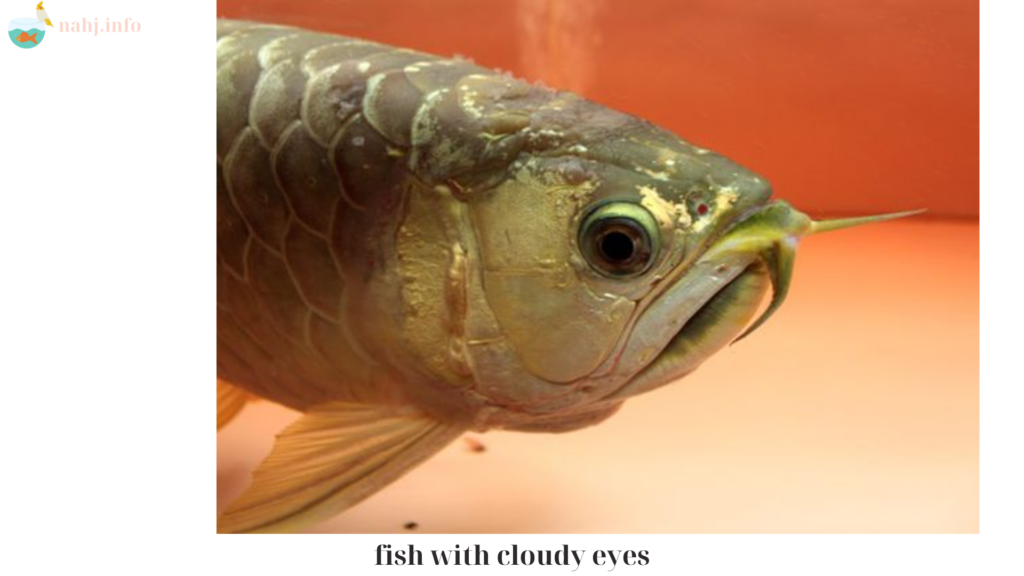Cloudy eyes in fish can be a distressing sight for any aquarium owner. This condition, which can affect one or both eyes, is often a symptom of underlying health issues that require prompt attention. In this comprehensive guide, nahj will explore the causes, prevention strategies, and treatment options for fish with cloudy eyes, helping you ensure the well-being of your aquatic pets.
Table of Contents
ToggleUnderstanding Fish with Cloudy Eyes: Causes, Prevention, and Treatment

Cloudy eyes in fish refer to a condition where the eyes appear milky, opaque, or hazy. This can affect the fish’s vision and overall health. While cloudy eyes are not a disease in themselves, they are a symptom of various underlying problems that need to be addressed.
Causes of Cloudy Eyes in Fish
1. Poor Water Quality
One of the most common causes of cloudy eyes in fish is poor water quality. High levels of ammonia, nitrites, and nitrates, as well as inappropriate pH levels, can irritate the eyes and lead to cloudiness. Dirty water and insufficient filtration can also contribute to this condition.
2. Infections
Bacterial, fungal, and parasitic infections can cause cloudy eyes in fish. These infections may result from injuries, poor water conditions, or the introduction of infected fish into the aquarium. Common pathogens include Aeromonas, Pseudomonas, and various fungal spores.
3. Physical Trauma
Injuries to the eye or surrounding tissue can lead to cloudy eyes. This can occur due to aggressive tank mates, sharp decorations, or accidental collisions with tank walls.
4. Nutritional Deficiencies
A lack of essential vitamins and nutrients, particularly vitamin A, can cause eye problems in fish. A balanced diet is crucial for maintaining overall health and preventing deficiencies.
5. Old Age
As fish age, their eyes can naturally become cloudy due to degeneration. While this is more common in older fish, it is not always indicative of disease.
6. Systemic Diseases
Systemic diseases that affect the internal organs, such as kidney or liver disease, can also lead to cloudy eyes. These conditions often present with other symptoms such as lethargy, loss of appetite, and changes in behavior.
Prevention of Cloudy Eyes in Fish

1. Maintain Excellent Water Quality
Regular water testing and maintenance are critical for preventing cloudy eyes and other health issues in fish. Ensure that ammonia and nitrite levels are at 0 ppm, and nitrate levels are kept below 20 ppm. Maintain appropriate pH and hardness levels for the specific species in your tank.
2. Provide a Balanced Diet
Feed your fish a varied and nutritious diet that includes high-quality pellets or flakes, supplemented with live or frozen foods. Ensure they receive essential vitamins and minerals to support overall health and eye health.
3. Avoid Overcrowding
Overcrowding can lead to increased waste production and poor water quality, as well as stress and aggression among fish. Ensure your tank is adequately sized for the number and species of fish you keep.
4. Regular Tank Maintenance
Perform regular water changes, clean the substrate, and maintain the filter to keep the aquarium environment clean and healthy. Remove any uneaten food and debris promptly.
5. Quarantine New Fish
Always quarantine new fish before introducing them to your main tank. This helps prevent the spread of diseases and allows you to monitor and treat any potential health issues.
6. Handle Fish with Care
Minimize handling and use gentle techniques when transferring or examining fish. Avoid using nets with sharp edges and ensure your hands or tools are clean to prevent injury and infection.
Treatment Options for Fish with Cloudy Eyes
1. Improve Water Quality
The first step in treating cloudy eyes is to ensure optimal water conditions. Test the water parameters and perform necessary water changes to reduce toxins. Clean the tank and filter to remove any accumulated waste.
2. Medications
Depending on the cause, specific medications can be used to treat infections. Broad-spectrum antibiotics like erythromycin or tetracycline can be effective against bacterial infections. Antifungal treatments can help if a fungal infection is suspected. Always follow the dosage instructions and treat for the full recommended period.
3. Salt Baths
Salt baths can help reduce inflammation and treat minor infections. Dissolve aquarium salt in a separate container at a concentration of 1 tablespoon per 5 gallons of water and place the affected fish in the bath for 10-15 minutes. Repeat daily until improvement is seen.
4. Isolation
Isolate the affected fish in a quarantine tank to monitor their condition and prevent the spread of disease. Ensure the quarantine tank has clean, well-oxygenated water and provide appropriate care and treatment.
5. Nutritional Supplements
Supplementing the diet with vitamins, particularly vitamin A, can help address nutritional deficiencies. Use high-quality commercial foods that are fortified with essential vitamins and consider adding vitamin supplements to their food.
6. Consult a Veterinarian

If the condition does not improve with initial treatments, or if you suspect a systemic disease, consult a veterinarian who specializes in fish health. They can provide a more accurate diagnosis and recommend advanced treatments.
Conclusion
Cloudy eyes in fish can be a sign of various underlying health issues, ranging from poor water quality to infections and nutritional deficiencies. By understanding the causes and implementing preventive measures, you can help ensure the well-being of your aquatic pets. Regular tank maintenance, a balanced diet, and prompt treatment of any health issues are key to maintaining healthy, vibrant fish. If you notice any signs of cloudy eyes, act quickly to provide the necessary care and improve the chances of a full recovery for your fish.

